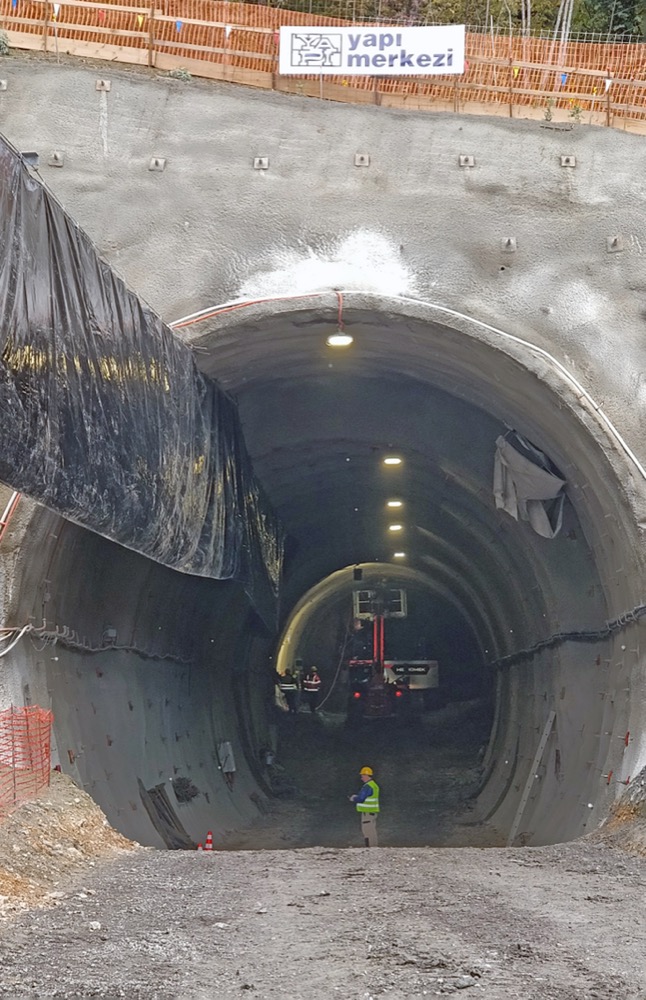

Tunnel T7 - Mlinarji, part of Slovenia’s massive rail project underway
Slovenia’s most important construction project, the railroad from Divača to Koper, will cover 27km. 75% are tunnels to ensure smooth traffic. To secure the excavation of tunnel T7 - Mlinarji, DSI Underground produced and supplied various ground support products.
The first railroad from Divača to Koper officially opened in 1967. Since then, traffic between Koper’s port, Divača, and the rest of Europe has increased drastically. Slovenia decided to build a second track to keep up with the demand for freight trains and cargo to central Europe. Construction will be carried out in two phases, the first route leading from Divača to Črni Kal and the second from Črni Kal to Koper.
In 2016 Slovenia established the company 2TDK d.o.o. to develop and construct the new track. The tenders for both sections were awarded to the CPG Consortium, consisting of Kolektor CPG (Slovenia), Yapi Merkezi Insaat, and Ozaltin Insaat (both Turkish). Works on the new track started in May 2021.
Tunnel T7 - Mlinarji is situated above the Ospska valley in Črni Kal and part of the second section to Koper. The Karst, where the track goes through, consists of dense carbonate rock, such as limestone, that is thinly bedded, highly fractured, and characterized by underground drainage systems. The tunnel is excavated using the New Austrian Tunneling Method (NATM).
DSI Underground delivered lattice girders to improve and secure excavation in the 1,154 m-long tunnel T7-Mlinarji. Additionally, DSI supplied the 114mm AT – Casing System, installed with a driving length of 15m, to strengthen the crown and improve load-bearing capacity. DSI also supplied Ø28mm SN Anchors and pumps and the DSI Hollow Bar System, a self-drilling system suitable for unstable boreholes or weak ground conditions.
Currently, the track goes through the Karst mountains in northern Istria. Two reversing loops of about 180 degrees each, gradients overcoming more than 400m of altitude, and tight curves make it a challenging route. This results in slow trains and, consequently, in only 94 trains per day and a total of 12.7 million tons of cargo per year. The new railroad is expected to increase the total capacity to 231 trains per day and 43.3 million tons of cargo at a speed of up to 160km/h. In the future, the Government of the Republic of Slovenia plans to upgrade the railway to a double-track using the cross sections built in the longer tunnels.
